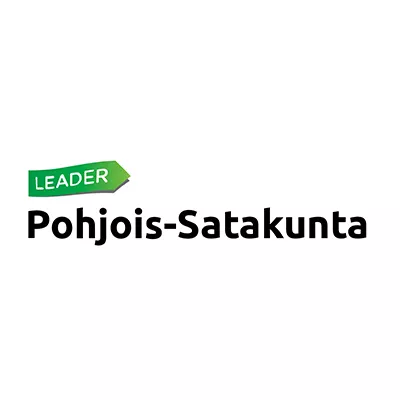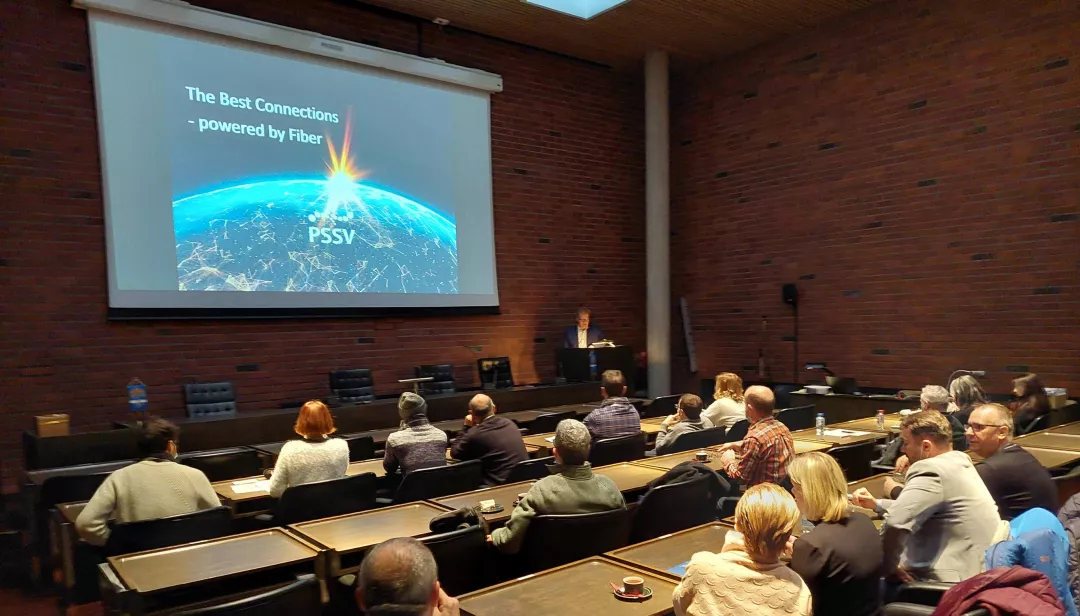General information
RDP Priority
- P6. Social inclusion and local development
RDP Focus Area
- 6B: Local development
RDP Measure
- M19: LEADER/CLLD
Summary
Finland’s Pohjois-Satakunts Local Action Group identified a need to fill gaps in information about how to optimise digital services and connectivity for rural residents and particularly for groups vulnerable to digital exclusion. This project gathered local information concerning digitisation and then proposed solutions that draw on and raised awareness about the Smart Villages concept.
Results
The project raised awareness about the Smart Villages concept and mapped the needs of rural villages and municipalities. Results helped encourage communities to design municipal/village level Smart Strategies.

Promoter
LAG Aktiivinen Pohjois-Satakunta ry
Funding
Total budget 54 460.00 (EUR)
EAFRD 22 873.20 (EUR)
National/Regional 26 140.76 (EUR)
Other 5 446.04 (EUR)
Resources
Documents
A Smart Villages project in Finland
(PDF – 2.71 MB)
Links
Context
The ‘Smart Villages’ concept emerged to help address growing concerns about the significant challenges that affect rural areas, such as ageing, depopulation and limited access to services. In addition, there is a need to support rural communities in their transition to a low-carbon, digital, and circular economy, and in this context, digital technologies are valued as tools that can enable rural areas to become more agile and competitive, and to improve the quality of life of their inhabitants. Nevertheless, digital exclusion remains a real threat, especially for ageing populations and in scarcely populated rural territories where it may not be profitable for the market to provide broadband connectivity or digital services. The Smart Villages concept can help addresses the issue of rural digital transition from multiple angles.
Objectives
The main aim of this project was to understand how the Smart Villages concept could be best implemented in the North Satakunta Local Action Group (LAG) territory. Its objectives were to:
- Define the state of digitality in the target area, by understanding the potential for, and barriers to, greater digital adoption.
- Learn about other experiences in smart development and facilitate knowledge exchange.
- Define an approach to the development of rural areas, which adapts the Smart Villages concept to local needs.
- Design a flexible guide that draws on know-how acquired through this work in collaboration with local development agents.
- Outline a tailored set of solutions for service provision, better use of broadband and digitality in rural areas.
Activities
Local activities involved:
- 10 municipality and village level stakeholder meetings were organised with the participation of researchers from the Satakunta University of Applied Sciences, where Smart Villages case studies were presented to 150 local stakeholders.
- 10 further Smart Village case studies were prepared, showcasing various applications that could be used to help develop the region, e.g. carpooling apps, circular economy (waste), local help apps, village apps, event apps, etc.
- Two national study visits were organised to support benchmarking of intelligent solutions, and one transnational benchmarking study visit was organised on the theme of clean energy and smart energy solutions.
- The project ended with a final seminar on Smart Villages opportunities.
International activities involved:
- An eBook of European best practice examples (covering e-services, smart energy solutions, hubs and coworking, etc.) was created to support the exchange of knowledge between partner entities and to consolidate learning networks.
- Three international study visits were undertaken to visit the LAG partners in Ireland, Poland, and Spain.
- A Smart Villages themed presentation was organised at the ‘Mindtrek 2022’ international conference in collaboration with national, local and European entities and with the aim of raising awareness about the Smart Villages approach.
Main results
The project raised awareness about the Smart Villages concept and mapped the needs of rural villages and municipalities; encouraging those communities to design municipal/village level Smart Strategies.
In addition to networking and relationship building between the different stakeholders, the project promoted the idea of establishing co-working spaces and digital hubs, as well as providing a framework for the use of digital assistants.
Key lessons
The Smart Villages concept is not a one-size-fits-all solution. It enables a strategy-led local development approach based on the needs and potential of the respective territory.
Digital connectivity is market oriented and many small rural communities may not have capacity to pursue it. This indicates that a clear set of guidelines and some kind of collective coordination is needed, to prevent digital exclusion, especially of the elderly and those who are economically vulnerable.
